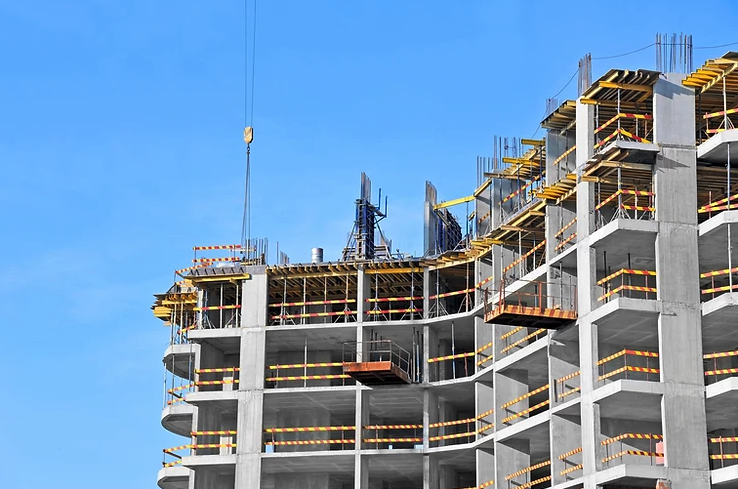A good feasibility presents an array of potential profit outcomes rather than predicting a single figure output. You can't account for all potential outcomes, but you can make an educated estimate based on some key factors.
What is The Residual Model?
The residual model - when applied to the feasibility process - is extremely useful in calculating the value of a development site or existing building(s). Simply put, the residual model works as follows:
+ Total value of completed development (GDV)
- Cost of carrying out development work (build cost, professional fees, marketing costs, etc)
- Developer's profit
= Amount of money left to pay for the site
This equation can be engineered to reflect whichever value is most appropriate - for example, if the initial cost of the land is already known, the developer's profit may become the output value you're looking to calculate:
+ Total value of completed development (GDV)
- Cost of carrying out development work
- Total cost of the property/Land
= Developer's profit
Starting Simple
You may have to make educated guesses to begin with - based on quotes, assumptions, and past experience. The exact values of your variables will only truly crystallise as the development process unfolds, and a common complaint we hear from financiers is that they receive feasibilities with huge amounts of detail and assumptions - more than can be assumed at such an early stage - and that the added complexity not only makes it difficult to make good assumptions, but also leaves significant margins for human error.
So make the best assumptions you can, and keep track of what you change as you go - so the next time you're creating a feaso, you can look back on what worked, what didn't, and how you might do things differently in future.
Benchmarking & Assumptions
Sales
Speak to local experts and look at data sources like Property.com.au and Realestate.com.au; these sources give you a bit of idea as to what's happening in the area but bear in mind that these usually focus on marketing prices not sold prices. For sold prices, Propertyvalue.com.au is a useful source. Using averages across some of these sources you can make an assumption about potential sales values. It's also great to speak to local experts to build relationships - you can use this process to kill two birds with one stone.
Build Cost
Potential contractors can give you an indication of how much a property will cost to build. There are also various platforms and services that give average build costs for specific types of developments in different regions across Australia - like Corelogic, Rawlinsons, Cubit, and PlanSwift.
Other Costs
Other costs associated with the project will range from professional fees, planning costs, warranty, and insurance payments. As a rule of thumb, these tend to make up 10-15% of the build cost.
Professionals fees can include:
- Architect
- Quantity surveyor
- Engineers (both civil and structural)
- Project managers
- Acoustic consultants
- An environmental consultant
- Marketing services
Ideally you'll be sourcing quotes for these early on in the process, so you should have a good idea of what you're in for!
As for planning costs, these are extremely variable across Australia. You'll need to speak to your local authority for specific information - particularly around fees. (Although we're told a lot of these are negotiable.)
Finance Costs
These will include your interest, commitment fee, exit fee, and broker fees.
What isn't accounted for?
The residual model doesn't include inflation, it doesn't necessarily reflect the complex mix of loan types that may be required to finance the project - and it also doesn't reflect expectations in relation to the time it takes to complete a development.
IRR also isn't factored into the residual model. For example: take two development opportunities, both of which should generate $2m in profit. Site one is a very straightforward build which could be delivered in twelve months, and site two is complex and could take three years. This longer timescale will have an effect on the value of the site, as it will have a lower IRR and return on equity when the timescale is factored in.
These limitations aren't so much a problem as they are a consideration to keep in mind. So while you don't need to take them into account when making your calculations, you should look at your feaso through the lens of these limitations when it comes to seeking finance.






Leave a comment